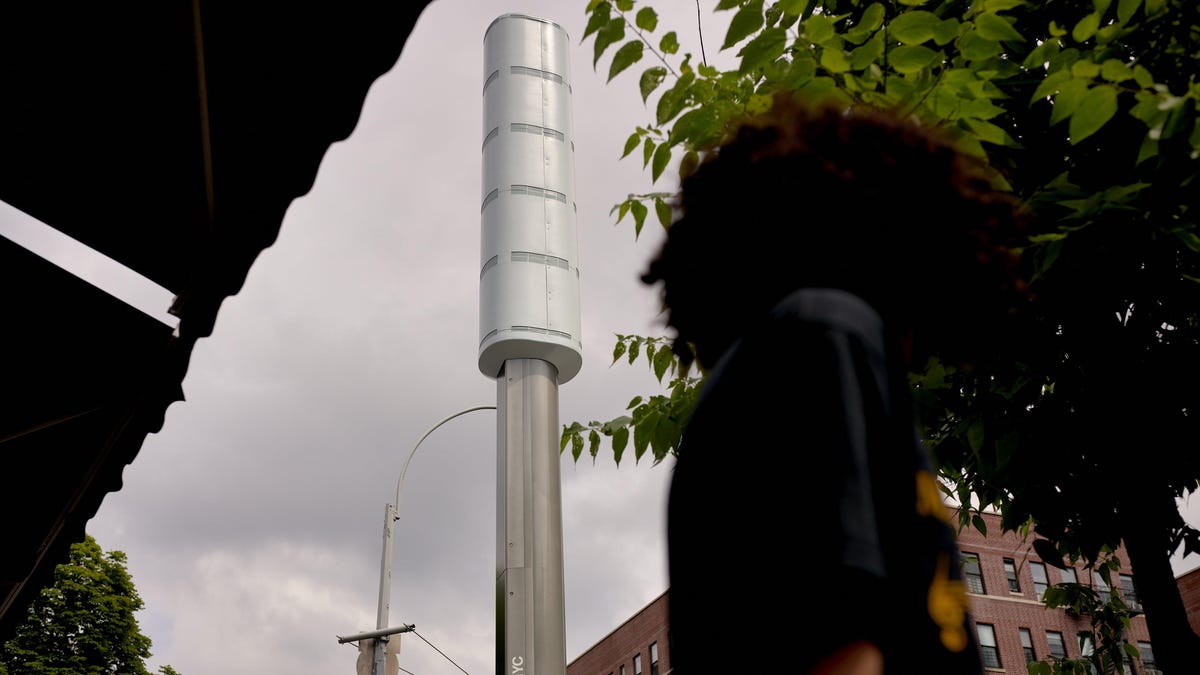Researchers at the University of California, San Diego say buildings are getting smaller 5G towers could increase the battery life of everyone in an urban area by about 50%. Rethinking urban areas on 5G coverage would improve the area’s carbon footprint and overall coverage, according to a new study reported for the first time New scientist Wednesday.
“We show that such a densification strategy overcomes two key problems,” UC San Diego researchers said in the study study. “By avoiding large wireless signal losses due to long range, energy savings of around three times can potentially be achieved. In addition, the battery life of connected smartphones in the dense network can be extended by 50% because they are placed closer and at a lower altitude to them.”
The paper, titled “Densify & Conquer,” suggests that urban areas should move from using large base stations to small cell networks. Instead of using a large 5G tower with a huge signal radius to cover an entire region, the UC San Diego researchers propose using a system of smaller towers. Each small tower will have a weaker signal and use less energy than a large one, but the network will ultimately provide greater network coverage for the area.
The reason battery life increases by 50% for each person, the researchers say, is because everyone’s signal would be stronger in a small cell network. If you have a weak signal, your phone will need to transmit large packets of data to successfully reach the cell tower that is further away. While this poorer battery life is annoying on a personal level, on a larger scale it increases a region’s carbon footprint as everyone charges their phone more often.
This type of small cell network couldn’t have worked in the 4G era, Gupta told New Scientist. 5G networks are able to move from tower to tower relatively seamlessly, allowing for this denser network, whereas older networks had noticeable delays that made high-power base stations more practical.
Researchers used open source software to model transmissions between base stations and cell phones in 3D models of real cities. Their simulations found that there would need to be five times more cell towers to achieve the proposed benefits. However, each tower only needs to be 15 meters high, so they can be mounted on street lights or buildings. The study offers a practical, cost-effective solution for network operators while improving coverage in urban areas.
